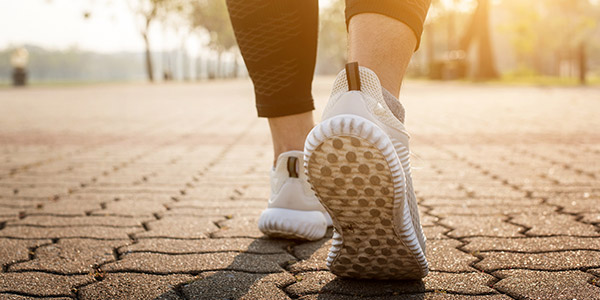Getting through life, especially an active life, without falling down, tripping, twisting, tweaking, wrenching or straining a muscle, is probably impossible. At some point, it’s more than likely that you will suffer from what is called a musculoskeletal disorder (MSD). It can result in a condition as complicated as chronic back pain, or something less grave and more transitory, such as a repetitive muscle injury like tennis elbow.
No matter what type of MSD you have, the first step you should take is to have a trained professional check it out. This ensures nothing dangerous or complicated is going on. The second step — and this may be hard to believe — is to get active.










